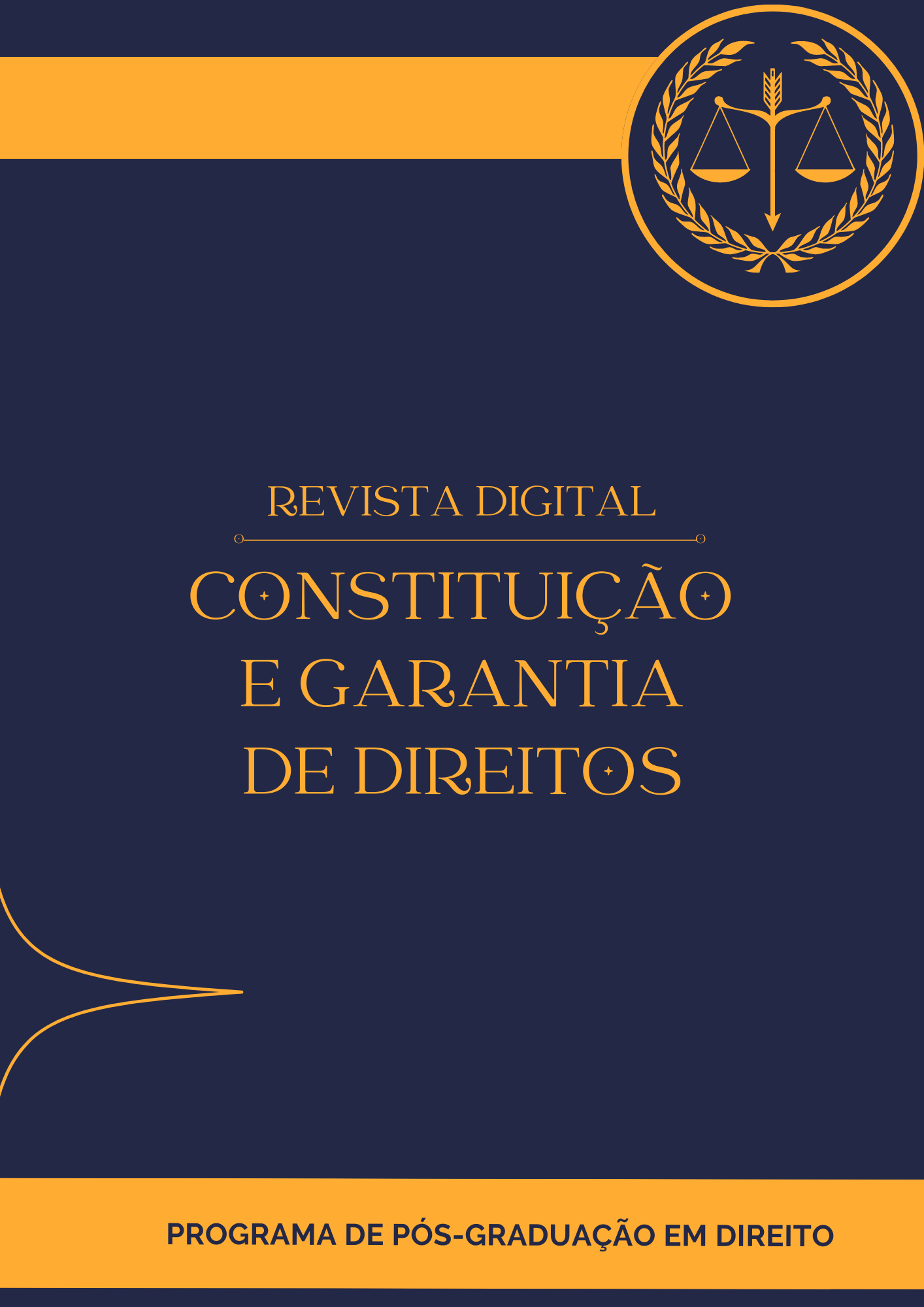THE RELATIONSHIP BETWEEN HUMAN RIGHTS AND AUTHORITY PRACTICES: AN ANALYSIS FOCUSED ON THE TORTURE PICTURE IN THE SERIES “LA CASA DE PAPEL”
uma análise voltada para a tortura retratada na série "La Casa de Papel"
DOI:
https://doi.org/10.21680/1982-310X.2021v14n2ID24078Abstract
Resumo: This article has as general objective analyze the importance of human rights, and their universal character, in the in the search for the effective protection of the dignity of the human being, correlating with the series “La Casa de Papel”, Álex Pina (2017), which was achieved through research carried out through bibliographic and documentary research, using theoretical references, such as books, scientific articles, monographs and dissertations, news, and law devices. It was found out the existence of a International Human Rights Protect System, especially about the prohibition against torture, which is due to the state's Punitive Power, integrated, mainly, by the Convention Against Torture and Other Cruel, Inhuman or Degrading Treatment or Punishment, the Manual on the Effective Investigation and Documentation of Torture and Other Cruel, Inhuman or Degrading Treatment or Punishment, and the The United Nations Standard Minimum Rules for the Treatment of Prisioners. A search was made regarding the social situation experienced in Spain since 2015, after the approval of the Citizen Security Law, which the content of reveals authoritarian nuances, leading to the discontent of the Spanish population, who opposed to the law. Finally, was sought to correlate the fiction portrayed in the series, and the reality of the country in which it is located, Spain. From the analysis of the data, it was concluded that the fundamental guarantees are incompatible with the authoritarianism, being the first one obstacles to the last one.
Palavras–chave: Human rights. Authoritarianism. Spain. Torture. La Casa de Papel.
Downloads
Downloads
Published
How to Cite
Issue
Section
License
Copyright (c) 2023 Revista Digital Constituição e Garantia de Direitos

This work is licensed under a Creative Commons Attribution-NonCommercial-ShareAlike 4.0 International License.
Autores mantêm os direitos autorais pelo seu artigo. Entretanto, repassam direitos de primeira publicação à revista. Em contrapartida, a revista pode transferir os direitos autorais, permitindo uso do artigo para fins não- comerciais, incluindo direito de enviar o trabalho para outras bases de dados ou meios de publicação.





